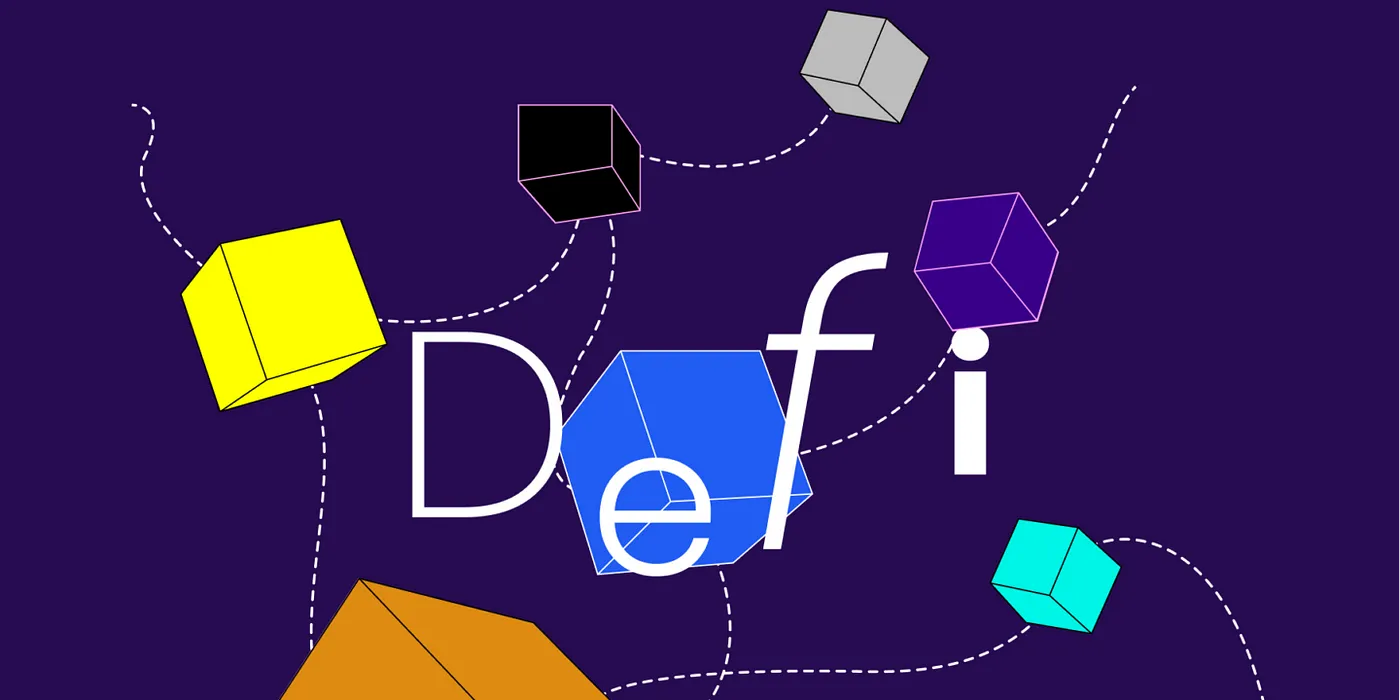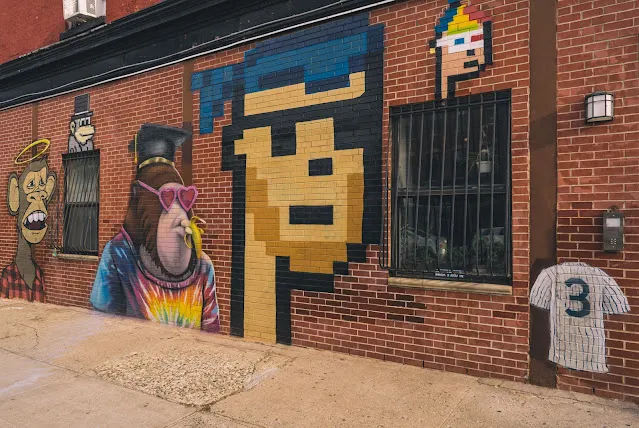
NFTs 2.0: From Speculation to Real Utility
For much of their early history, NFTs were synonymous with digital art auctions, speculative JPEGs, and eye-watering price spikes. While that era captured headlines, it left many businesses and even some early adopters skeptical about NFTs’ long-term viability.
Today, we’re witnessing a shift. The conversation is moving away from “owning a pixelated picture” to leveraging NFTs as programmable, rights-bearing digital assets. This second wave, often called NFTs 2.0, is about utility, interoperability, and enforceable economics.
In this article, you’ll explore:
- A short history of NFTs: from hype to utility.
- Three practical models driving real-world adoption.
- Making royalties enforceable with both code and contracts.
- UX and legal considerations that can make or break NFT products.
- How 0xMetalabs approaches building NFT systems that work in practice.
1. From Art Speculation to Utility Shift
When Beeple’s Everydays sold for $69M in 2021, the NFT gold rush began. Projects like Bored Ape Yacht Club and CryptoPunks became cultural phenomena. But the market’s speculative bubble also triggered volatility, scams, and disillusionment.
As the hype cooled, a more grounded question emerged:
What can NFTs do that other digital formats can’t?
The answer lies in their core traits:
- Programmability — Smart contracts can automate rules for transfer, payment, or access.
- Interoperability — Tokens can work across platforms, wallets, and marketplaces.
- Transparency — On-chain records make provenance and ownership verifiable.
NFTs 2.0 focuses on these traits to create real value in music licensing, event ticketing, subscription services, and beyond.

2. Three Practical NFT Utility Models
A) Tokenized Licensing for Media and IP
Imagine a music label issuing NFTs that represent the right to license a song in a YouTube video, podcast, or game.
- Dynamic metadata can update usage terms (e.g., expanding rights after a certain date).
- Programmable royalties can automatically split revenue between artists, producers, and publishers.
- Cross-platform enforcement can be tied to APIs for content detection, flagging unauthorized use.
Case Study: Warner Music has explored tokenizing licensing deals for certain artist content, reducing contract overhead and enabling direct-to-consumer licensing.
B) Dynamic Event-Ticket NFTs with Anti-Scalping Logic
Ticketmaster may print QR codes, but NFTs can be the ticket, programmable to change state after use.
- Dynamic ownership states: Transfer allowed until event day, locked thereafter.
- Price ceilings: Smart contracts prevent resale above a certain price.
- Perk activation: Post-event, tickets transform into memorabilia with embedded media or exclusive offers.
Case Study: Coachella’s NFT tickets in 2022 offered lifetime passes and unique festival experiences, illustrating how ticketing NFTs can blend access control with long-term engagement.
C) Subscription & Revenue-Sharing Models
NFTs can serve as access tokens to subscription services or profit-sharing vehicles.
- Access control: Holders unlock gated video content, game levels, or community forums.
- Revenue distribution: Automated monthly payouts to NFT holders based on sales performance.
- Tiered access: Metadata updates dynamically to reflect changing subscription tiers.
Case Study: Platforms like Audius and Royal.io have experimented with NFT-based music subscriptions, granting fans streaming rights and revenue shares.

3. Making Royalties Enforceable and Practical
One of NFTs’ biggest promises, automatic royalties, has been challenged by marketplace bypasses. Some NFT markets now allow zero-royalty trades, undermining creator revenue.
To make royalties stick:
- On-chain enforcement: Use transfer hooks in smart contracts to ensure royalties trigger on every sale.
- Legal layering: Pair NFTs with off-chain legal agreements, so that bypassing the royalty also breaches enforceable contracts.
- Marketplace collaboration: Work with platforms committed to honoring creator-set royalties.
4. UX and Legal Considerations
A great NFT product isn’t just about solidity code — it’s about a smooth, compliant user journey.
- Off-chain enforcement: For IP rights, integrate with DMCA tools and content verification APIs.
- User onboarding: Simplify wallet creation and token claiming to match non-crypto UX standards.
- IP assignment clarity: Explicitly state in metadata and legal docs what rights the NFT conveys (e.g., personal vs. commercial use).
The most successful NFT launches make ownership rights as clear as a standard software license.
5. The 0xMetalabs Approach

At 0xMetalabs, we’ve seen that the best NFT systems blend technical architecture, compliance, and user experience into one seamless package.
Our approach typically involves:
- Designing smart contracts with real-world enforceability, both technically and legally.
- Creating dynamic metadata pipelines for NFTs that evolve over time.
- Integrating NFT logic into existing business systems so that brands can manage NFTs like any other digital product.
We don’t believe NFTs 2.0 is about abandoning the creative side of NFTs; it’s about anchoring creativity in function. The goal is to give NFTs staying power by making them assets people use, not just trade.
Final Word
NFTs 2.0 marks a turning point: from speculation to structured, rights-driven digital products.
For brands, games, and media companies, the opportunity is clear: design NFTs that are both functional and enforceable.
Dynamic ownership, programmable royalties, and tokenized rights aren’t just buzzwords. They’re the building blocks for a new layer of the internet, one that merges creativity with commerce in a way we’ve never seen before.
You May Also Like
How Gen Z & Millennials are Changing Investing
Ut enim ad minim veniam, quis nostrud exercitation ullamco laboris nisi ut aliquip ex ea commodo con
DeFi 3.0 – The Next Generation of Decentralized Finance Applications and Infrastructure
Ut enim ad minim veniam, quis nostrud exercitation ullamco laboris nisi ut aliquip ex ea commodo con
How Blockchain is Transforming Creativity and Value
Ut enim ad minim veniam, quis nostrud exercitation ullamco laboris nisi ut aliquip ex ea commodo con




